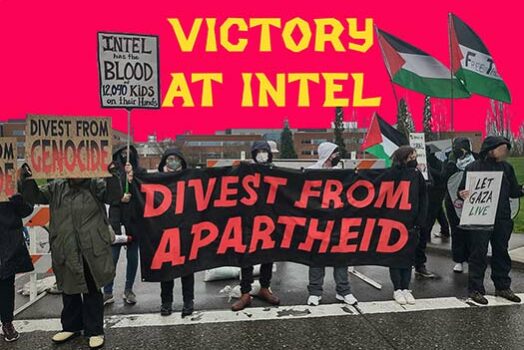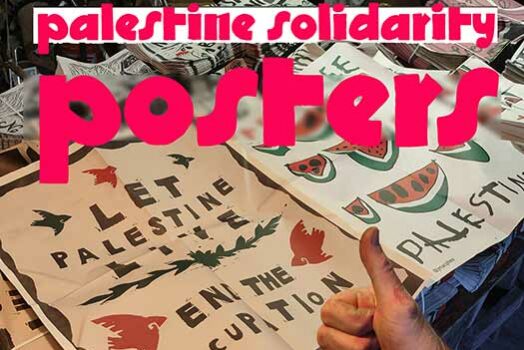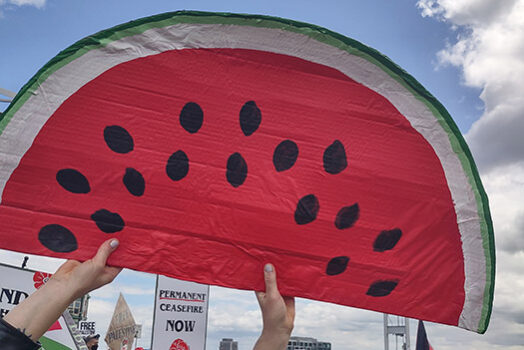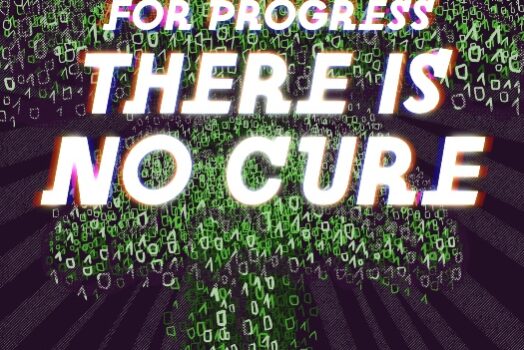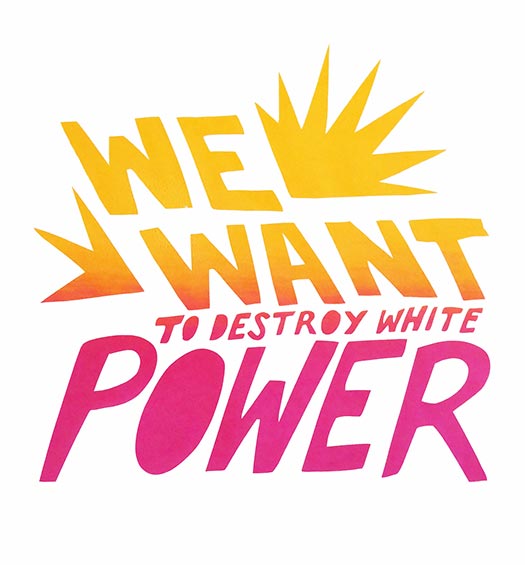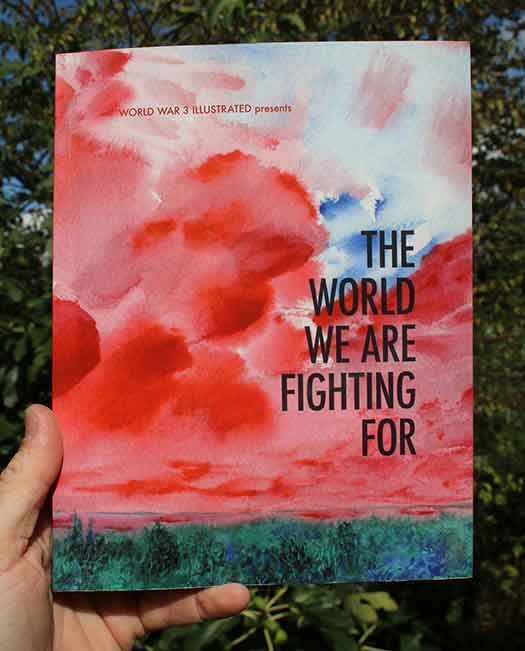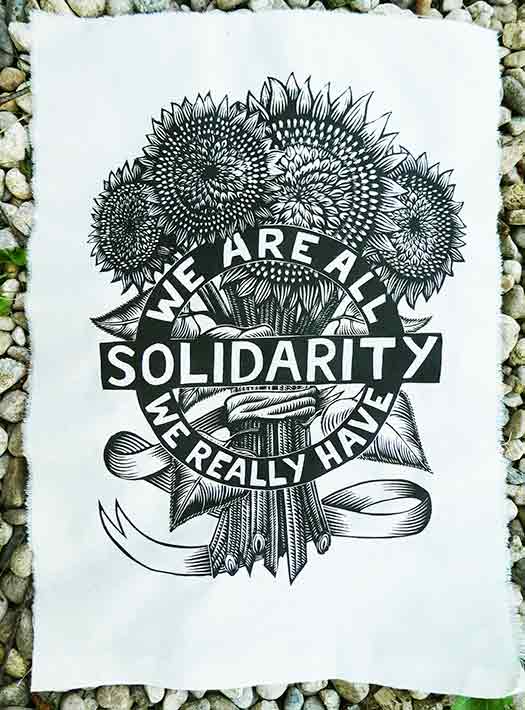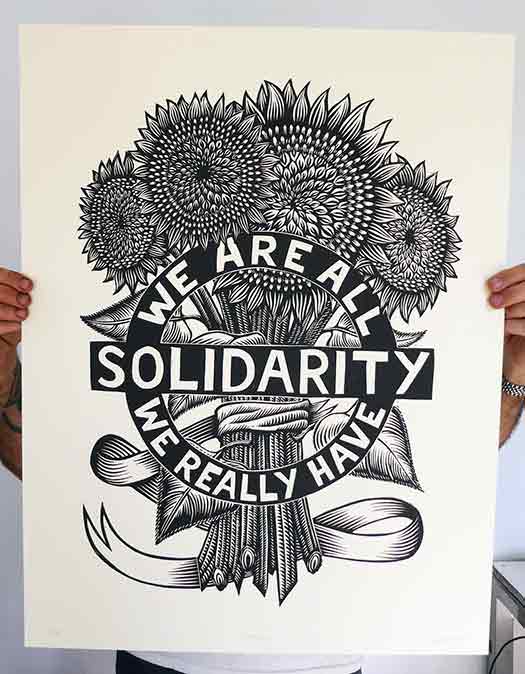I gave a lecture on my research into the legacy of the Shinkolobwe uranium mine in DR Congo for the Hanford Challenge Project. Hanford is the name of the military reservation in eastern Washington state where metal derived from Congolese ores was converted into plutonium for use in the first atomic weapons, and Hanford Challenge is a watchdog organization supervising the ongoing cleanup operation of what is now the most heavily contaminated location in the entire western hemisphere. In this lecture I discuss how the incredibly powerful uranium ore mined at Shinkolobwe can still be felt at various sites of contamination across the USA. I address the legacy of that mine in the context of America’s wartime and postwar efforts to build a nuclear arsenal, and to deny Congo’s surreal mineral wealth to the rest of the world- an effort that led to the US-sponsored assassination of Congo’s first independent leader, Patrice Lumumba.
The framework for this talk is the large-format linoleum-block map that I’ve been designing and carving for the last few years. The map depicts the route those stones took from their quarrying in southeast DR Congo through the hastily assembled infrastructure of the Manhattan Project, past the first atomic test in New Mexico and onward to their eventual detonation over Japan.
You can read all the other posts about my research and this ongoing set of projects here.
